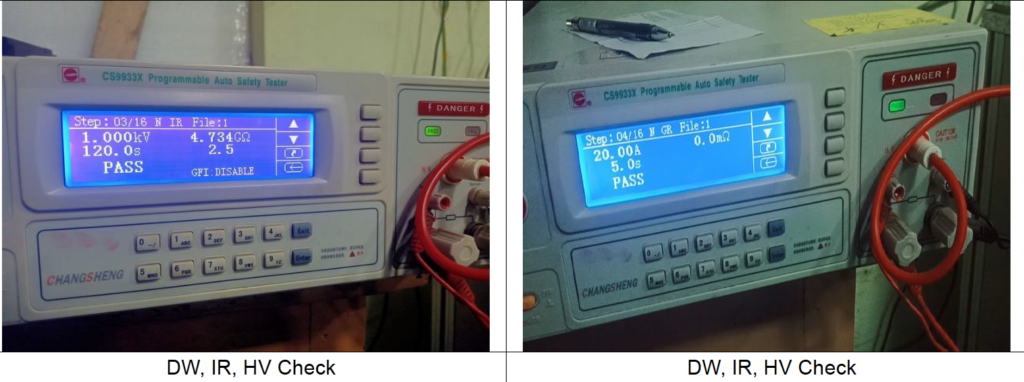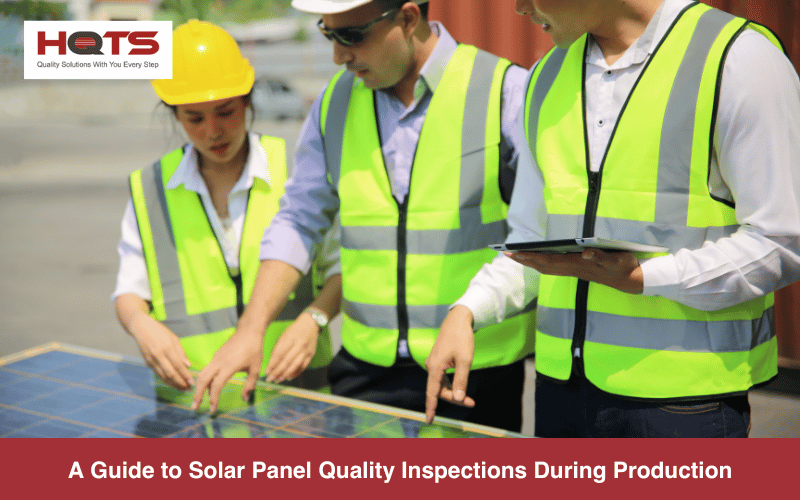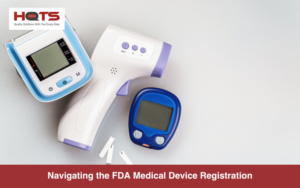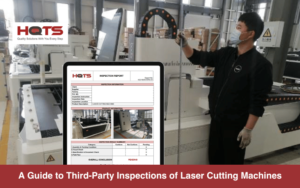The demand for solar energy is growing rapidly as the world increasingly looks to renewable energy sources. Countries across the globe are beginning to harness the benefits of solar power, leading to an increase in demand for high-quality solar equipment and components.
But sourcing solar equipment can be challenging. Especially due to the complex solar panel production cycle, which involves various stages such as selecting raw materials, cell assembly, and module assembly, each stage has critical quality parameters that must be monitored. Furthermore, questionable suppliers offering subpar products make quality inspections more crucial than ever.
This guide will cover everything you need to know about solar panel quality checks and share our insider tips on the most common defects found during inspections.
Why Solar Panel Quality Check During Production Inspection?
Whether you’re an importer or manufacturer, ensuring that the solar products you source meet your specifications are crucial. Even the slightest defects can significantly impact the solar modules effectiveness. To avoid the costs of extra repairs or warranty claims, it is essential to detect any issues early on in the product’s lifecycle – before they lead to bigger problems.
One effective method is to conduct a during-production inspection. This quality check thoroughly inspects each panel’s materials, manufacturing process, and performance characteristics to ensure they meet the required standards.
Ensuring the quality of solar panels during production inspection is important for multiple reasons:
- Performance Standard: A quality check during production ensures the panels generate the required electricity and perform optimally over their expected lifetime.
- Safety and Compliance: Reduce the risk of panels being safety hazardous if they are not manufactured to the required standards.
- Customer Requirements: Assess whether the inspected samples align with your specific requirements, including dimensions, documentation, and other specifications.
In summary, conducting a quality check during production is crucial to ensuring that solar panels meet the required performance, safety, durability, and compliance standards. The section below will dive deeper into the solar panel inspection process.
How to Check Solar Panel Quality During Production?
A solar module quality check during production comprises of various components, including a detailed assessment of workmanship, documentation, and field tests and measurements – but the solar PV inspection checklist can vary depending on case by case.
1. Assessing the Workmanship of the PV Panels
During the assessment of the case and specifications, an inspector would review samples of the products using Acceptable Quality Limit parameters. The inspection generally include factors such as:
- Visual Inspection: Visual inspection of solar panels include checking for visible defects, such as cracks, discolouration, scratches, or dents on the solar module, as well as any abnormalities in the framing or glass, junction box, and wiring.
- Labelling and Alignment: Verify product labelling and the alignment of the photovoltaic panels to ensure they meet the quality standards.
- Product Dimensions: Check if the product dimension conform to the specifications.

2. Documentation of Solar Equipment
In reviewing the manufacturer’s documentation, the inspector would verify that the products meet the necessary quality standards and comply with relevant regulations, including product certifications and other conformity labelling such as BIS certificate, IEC, UKCA Marking, CE mark, and Underwriters Laboratories (UL) marking. As well as check applicable manuals or technical documents.
3. Field Test and Measurement of Solar Equipment
Depending on the type and availability of equipment on-site at the factory, the inspector may conduct electroluminescence testing, calibration, and solar STC.
- Electroluminescence Testing/EL Test: A non-destructive testing method used to assess the quality of photovoltaic panels for microcracks and other anomalies that may not be visible to the naked eye.
- Solar Module Calibration: Measure the panel’s electrical parameters and verify that it generates the expected amount of electricity under different conditions.
- Solar STC (Standard Testing Conditions): Measure the solar panel’s output voltage and current under standard testing conditions to ensure optimal performance.

4. Other Important Factors
The inspector would also examine other factors relevant to your requirements or specifications, as well as assess the general appearance of the factory and how the workers handles the goods. This included observing whether the material handling was done correctly, whether the workers used proper clothes inside the factory premises, and checking for any noticeable dust, bird waste, etc., on the finished goods during the inspection.
What Are the Common Defects Found in Solar PV Inspection?
In the course of inspecting the production of PV/solar cells, various defects that impact the quality and efficiency of the panels are frequently observed. Among the prevalent defects are:
- Cell Defects: Micro-cracks, broken fingers, or dead cells that affect the efficiency of the solar panels.
- Hot Spots: Areas on the panel that become significantly hotter than the surrounding areas can lead to permanent damage and reduced panel performance.
- Solar Back Sheet Damage: Damages often caused by manufacturing defects, transportation or handling damage, or environmental exposure.
- Junction Box Defects: Loose connections, poor seals, or damage to the box, which may affect the safety or performance of the solar panel.
- Electrical Defects: Short circuits, open circuits, or partial shading, which may affect the performance of the solar panel.
Conclusion: A Guide to Solar Panel Quality Check During Production Inspection
As the demand for high-quality solar equipment and components grows, it’s more critical than ever to ensure that you’re investing in the best products on the market. But navigating the complex solar panel production cycle and avoiding subpar products can be challenging.
In this article, we’ve outlined the special attention points to look for during a solar PV audit / solar panel quality check on-site at a factory. But visiting the solar PV manufacturer on-site can be challenging, especially if these are located thousands of miles away from you in China, India – or Vietnam.
At HQTS, we know the ins and outs of the solar PV inspections.Reach out to us if you need a free consultation for your solar panel inspection needs, or want to get a complimentary solar panel inspection report.





